In the realm of business operations, the business inventory accounting platform stands as a beacon of efficiency, streamlining inventory management and empowering businesses to optimize their operations. These platforms offer a comprehensive suite of features and functionalities that cater to the unique needs of modern enterprises, transforming inventory management from a tedious task into a strategic advantage.
Delving into the intricacies of business inventory accounting platforms, we will explore their benefits, unravel the key considerations for selecting the right platform, and uncover the latest trends shaping the future of inventory management. Prepare to embark on a journey that will illuminate the transformative power of these platforms and empower you to elevate your inventory management practices to new heights.
Benefits of Using a Business Inventory Accounting Platform
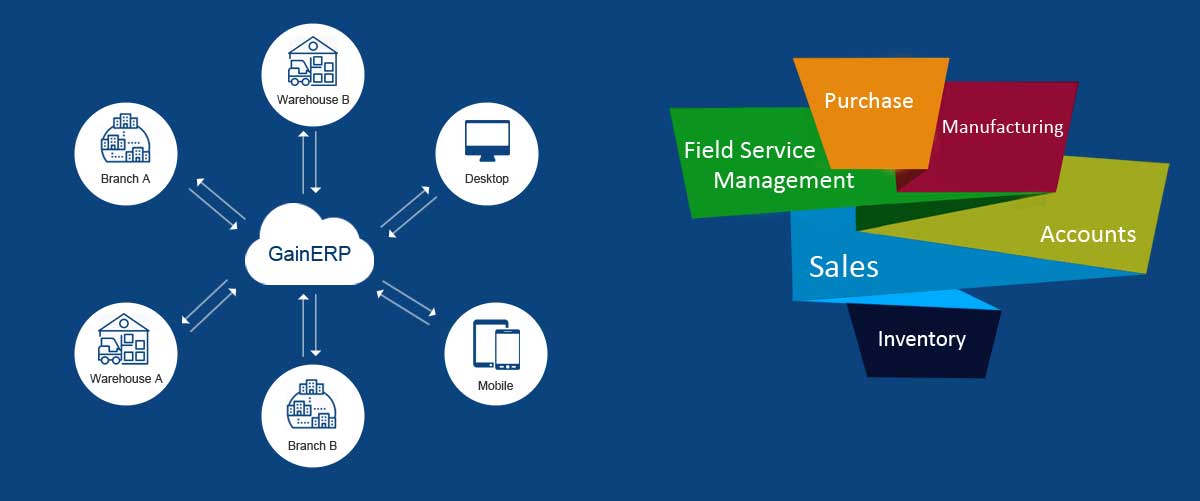
Businesses can gain numerous advantages by using an inventory accounting platform. These platforms offer features that streamline inventory management, enhance accuracy, and provide valuable insights.
Improved Inventory Accuracy
- Automated inventory tracking reduces errors and ensures real-time visibility into stock levels.
- Barcode scanning and RFID technology enhance data accuracy and eliminate manual counting.
- Regular inventory audits ensure discrepancies are identified and resolved promptly.
Key Considerations for Selecting a Business Inventory Accounting Platform
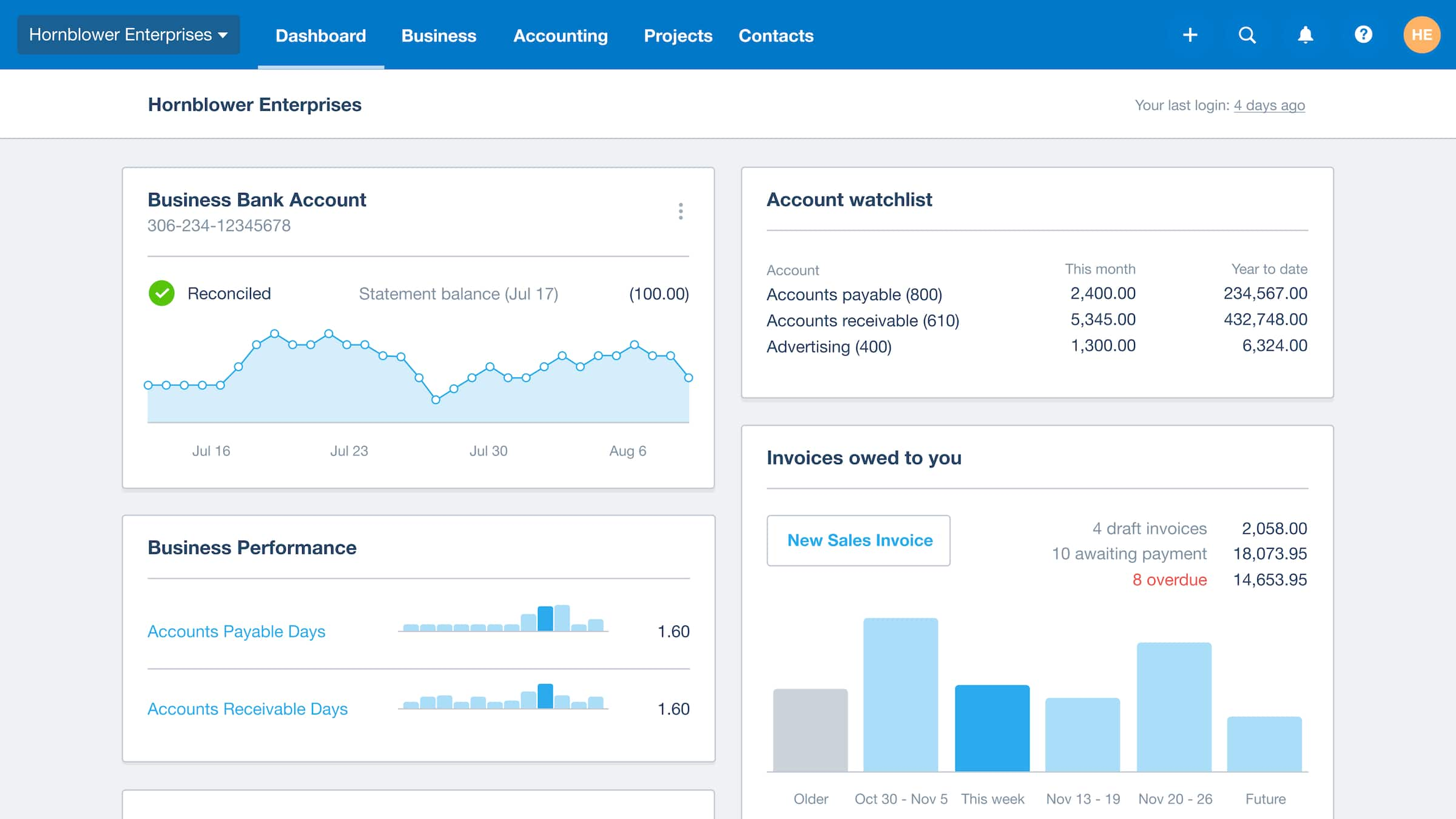
Selecting the right business inventory accounting platform is crucial for optimizing inventory management and ensuring accurate financial reporting. Here are some key factors to consider when making your choice:
Factors to Consider
- Scalability:Choose a platform that can accommodate your current and future inventory needs as your business grows.
- Integration:Ensure the platform integrates seamlessly with your existing accounting and other business systems.
- Customization:Consider the flexibility of the platform to adapt to your specific inventory management requirements.
- Reporting Capabilities:Evaluate the platform’s reporting capabilities to generate comprehensive and customizable inventory reports.
- Ease of Use:Choose a platform that is user-friendly and intuitive for both technical and non-technical users.
- Cost:Determine the cost of the platform, including subscription fees, implementation costs, and ongoing maintenance.
- Support:Assess the quality of customer support provided by the platform vendor.
Questions to Ask Potential Vendors
- What is the platform’s maximum inventory capacity?
- How does the platform integrate with other software solutions?
- Can the platform be customized to meet our specific requirements?
- What types of inventory reports can the platform generate?
- How easy is the platform to learn and use?
- What are the pricing options and what does the subscription include?
- What level of customer support is provided?
Implementation and Best Practices for Using a Business Inventory Accounting Platform
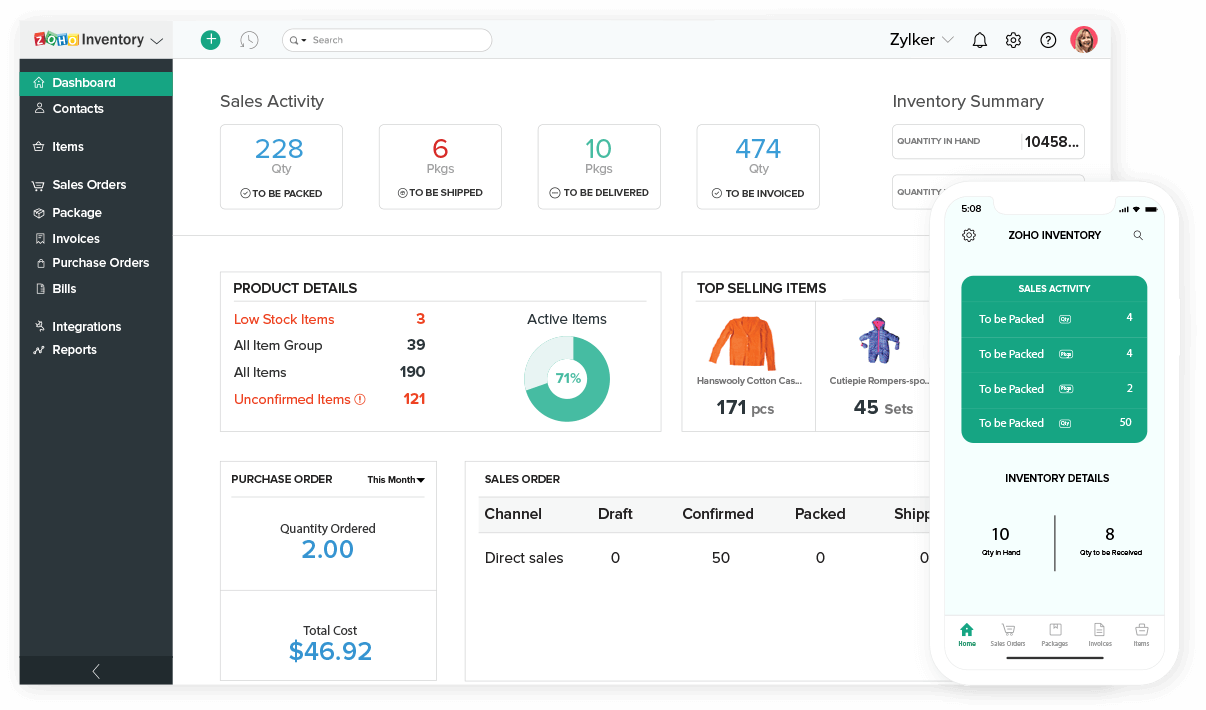
Implementing and effectively utilizing a business inventory accounting platform can significantly streamline operations and enhance inventory management. Here are the key steps involved in implementation and best practices to maximize its benefits:
Steps Involved in Implementing an Inventory Accounting Platform
- Establish Clear Objectives:Determine the specific goals and desired outcomes for implementing the platform, such as improved accuracy, reduced costs, or enhanced visibility.
- Choose the Right Platform:Evaluate different platforms based on features, scalability, ease of use, and compatibility with existing systems.
- Configure and Customize:Set up the platform to meet specific business requirements, including inventory categories, tracking methods, and reporting formats.
- Integrate with Other Systems:Connect the platform with other business systems, such as ERP, accounting, and POS, to ensure seamless data flow.
- Train Staff:Provide comprehensive training to ensure staff understands the platform’s functionality and best practices for its use.
- Monitor and Adjust:Regularly review platform performance, identify areas for improvement, and make necessary adjustments to optimize its effectiveness.
Best Practices for Getting the Most Out of the Platform
- Maintain Accurate Data:Regularly update inventory levels, adjust for shrinkage, and ensure data accuracy to maintain reliable records.
- Utilize Real-Time Tracking:Leverage the platform’s real-time tracking capabilities to monitor inventory levels and identify potential issues proactively.
- Optimize Inventory Levels:Use the platform to analyze inventory data, identify slow-moving items, and optimize inventory levels to reduce carrying costs.
- Automate Inventory Management:Utilize automation features to streamline tasks such as inventory counting, reordering, and reporting.
- Generate Comprehensive Reports:Regularly generate reports on inventory performance, turnover, and profitability to gain insights and make informed decisions.
Integration with Other Business Systems
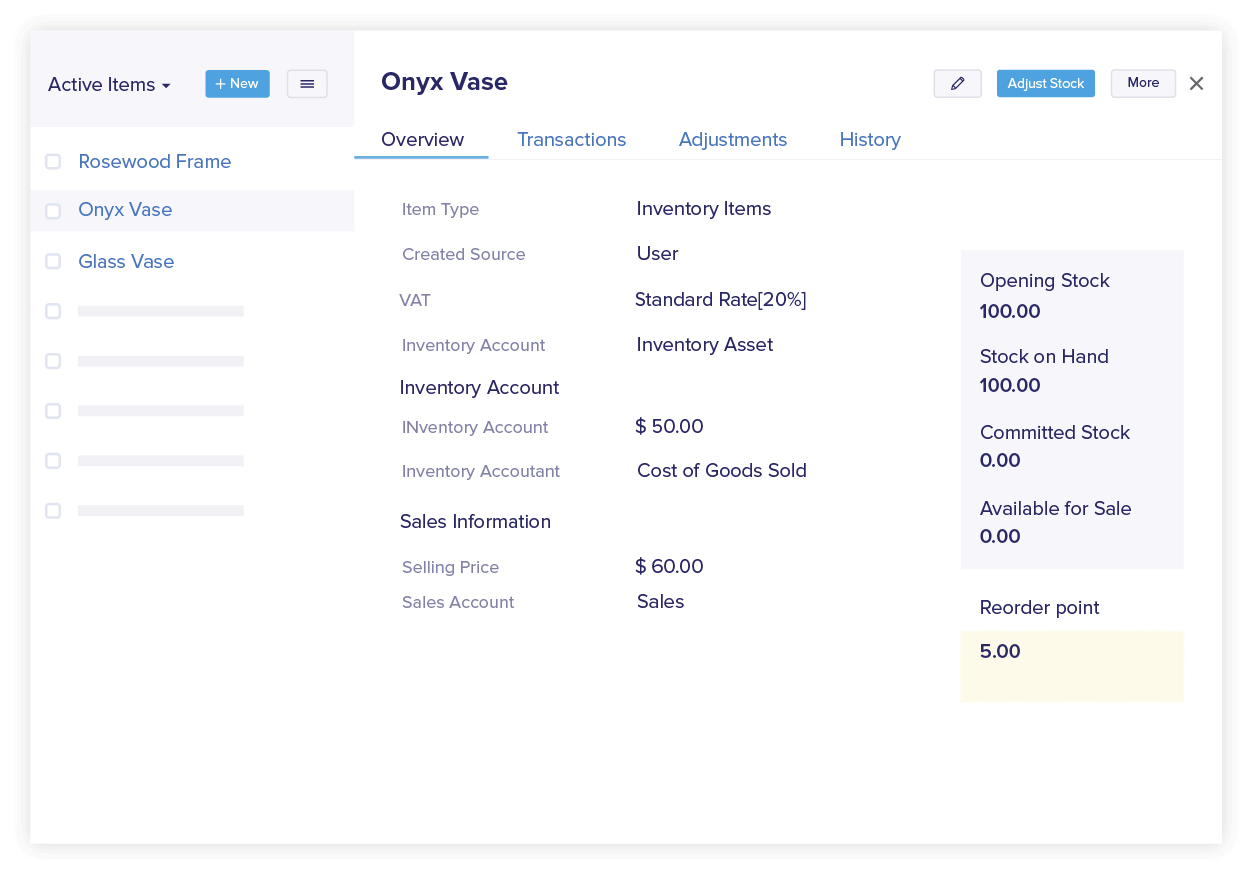
Integrating inventory accounting platforms with other business systems is crucial for streamlining operations and improving efficiency. By connecting with systems such as ERP, CRM, and accounting software, businesses can automate processes, eliminate data entry errors, and gain a comprehensive view of their inventory and related business data.
The integration process involves establishing a seamless flow of data between the systems. This allows for real-time updates on inventory levels, order fulfillment, and other relevant information. For example, when an order is placed through the CRM, the inventory accounting platform can automatically adjust inventory levels and trigger the fulfillment process.
Challenges of Integration
- Data compatibility:Ensuring that data formats and structures align between different systems can be challenging.
- Technical expertise:Integrating systems requires technical expertise and can involve complex programming and configuration.
- Cost:The cost of integration can vary depending on the complexity of the systems and the level of customization required.
Benefits of Integration, Business inventory accounting platform
- Automated processes:Integration eliminates manual data entry and automates tasks, saving time and reducing errors.
- Improved accuracy:Automated data transfer ensures that inventory levels and other data are accurate and up-to-date.
- Enhanced visibility:A single, integrated system provides a comprehensive view of inventory and related business data, improving decision-making.
- Increased efficiency:Streamlined processes and improved accuracy lead to increased efficiency in inventory management.
- Reduced costs:Automation and error reduction can result in cost savings in the long run.
Emerging Trends in Business Inventory Accounting Platforms
The landscape of business inventory accounting platforms is constantly evolving, driven by advancements in technology and changing business needs. Here are some of the key emerging trends shaping the future of inventory management:
Cloud-Based Platforms
Cloud-based inventory accounting platforms are gaining popularity due to their scalability, accessibility, and cost-effectiveness. These platforms allow businesses to access their inventory data from anywhere, on any device, without the need for expensive on-premises hardware or IT support.
Real-Time Inventory Tracking
Real-time inventory tracking is becoming increasingly important for businesses that need to have accurate and up-to-date information about their inventory levels. These platforms use sensors, RFID tags, and other technologies to track inventory in real-time, providing businesses with greater visibility and control over their stock.
Artificial Intelligence and Machine Learning
Artificial intelligence (AI) and machine learning (ML) are being used to automate and improve the accuracy of inventory accounting processes. These technologies can analyze inventory data to identify trends, predict demand, and optimize stock levels, helping businesses reduce waste and improve efficiency.
Mobile Applications
Mobile applications for inventory accounting platforms are becoming more common, allowing businesses to manage their inventory on the go. These apps provide easy access to inventory data, allow for quick and easy updates, and enable businesses to track inventory levels and make informed decisions even when they are not in the office.
Integration with Other Business Systems
Inventory accounting platforms are increasingly being integrated with other business systems, such as enterprise resource planning (ERP) and customer relationship management (CRM) systems. This integration allows businesses to streamline their operations, improve data accuracy, and gain a more comprehensive view of their business.
Closing Notes: Business Inventory Accounting Platform
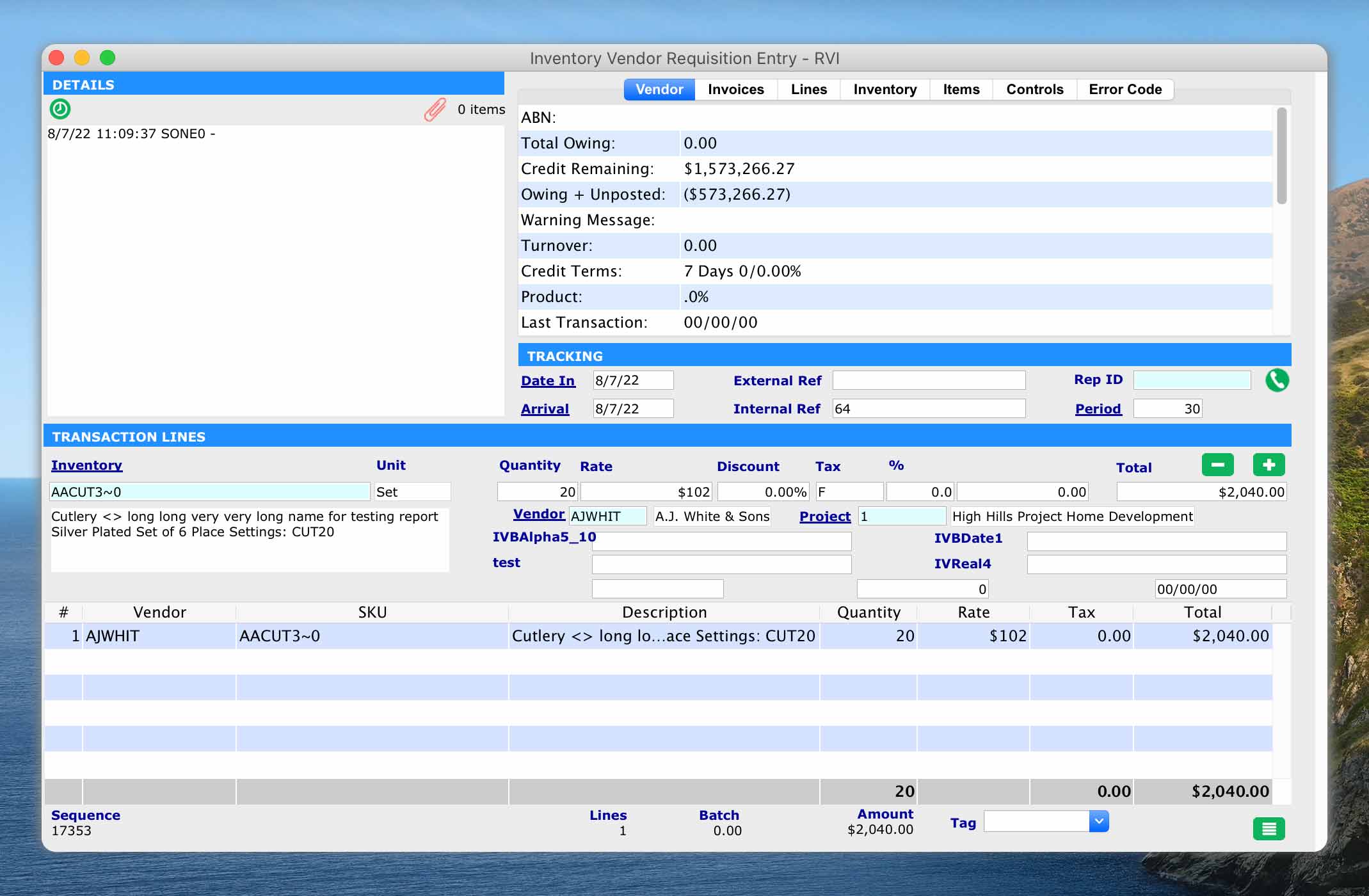
As we conclude our exploration of business inventory accounting platforms, it becomes evident that these platforms are not mere tools, but catalysts for business transformation. They empower businesses to gain unprecedented visibility into their inventory, optimize stock levels, and streamline their operations.
By embracing these platforms, businesses can unlock a wealth of benefits, including reduced costs, increased efficiency, and enhanced customer satisfaction. As the business landscape continues to evolve, business inventory accounting platforms will undoubtedly remain at the forefront of innovation, enabling businesses to navigate the complexities of inventory management with confidence and agility.
